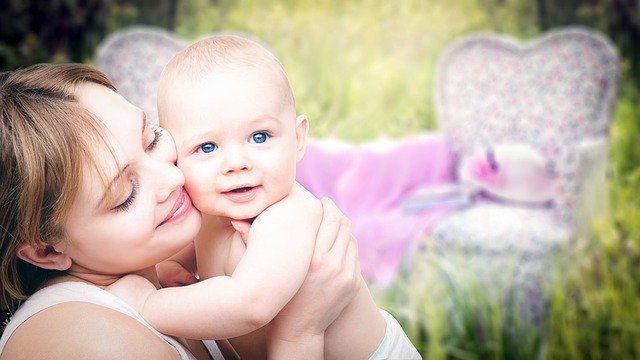Globally, more than six million babies are born as a result of the successful implementation of assisted reproductive technology (ART) conception techniques. The rate of application of ART techniques, such as in In-vitro-fertilization (IVF) and intracytoplasmic sperm injection (ICSI) increases in western countries.

Previously, several research experts assumed that artificial conception through the utilization of advanced fertility treatment i.e. ART increases cancer risk. Although these study results were too small and no statistical significance found from such results. But the Human Reproduction journal published large scale study details in 2019, which emphasizes ART resultant children have no such type of risk by comparing with the general population or naturally conceived children from sub-fertile mother.
The long-term research study was started in 1995 and conducted in the Netherlands. In this study, researchers included 47,690 children and the study period was 21 years. It is necessary to mention that researchers gathered information about the segregated amount of children born through different methods. This includes 24,269 children born due to application of the ART, 13,761 children were resultant of naturally conceived and 9,660 children born through natural conception or implementation of ovarian stimulation medication, but not applied ART.
One of the researchers of the team reported that among 47,690 children, only 231 had developed cancer, and adjustment of maternal age factor or cause of sub-fertility might reduce this risk. The researchers had concluded that the overall long-term cancer risk in the ART-conceived children did not increase compared with both the general population and naturally conceived children from sub-fertile mother.
But this research study findings indicated that the cancer risk might be increased in children who born after conceiving through ICSI or from embryos that had been frozen before being thawed and used for fertility treatment. Lymphoblastic leukemia and melanoma were two types of cancer commonly found in such cases. In this research finding, the number of cases of lymphoblastic leukemia was 31, and melanoma was 26. However, currently, both of these ARTs are more frequently used in fertility treatment measures. But the risk finding was not statistically significant.
After the conduction of this study, the researcher explained that might certain heritable genetic alteration increases the risk of melanoma and leukemia. However, the researcher of this study admitted that future research requires getting more information to clarify the definite reason for the increasing incidence of Lymphoblastic leukemia and melanoma among children born through ART.
Overall this research finding provides an evidential reassurance that the children born after fertility treatment do not have an increased risk of cancer within 21 years of the study period. Fertility clinicians can also provide better long-term safety information to the couples who are seeking fertility treatment by giving them evidential data. But the long-term cancer risk for both the ICSI and cryopreservation of embryos needs to evaluate through investigating a large number of children born after conceiving by these processes.
This study is expanded further and researchers thought to continue their study by including over 30,000 ART-conceived children born in recent years. They will include children born after ICSI and/or embryo cryopreservation of the embryo. The continuation of this study hopefully provides detailed evidence about the possibility of the long-term risk of cancer for these children. However, conduction of research has some limitations, which include rare incidence i.e. 1% of cancer among children and young adults; almost 12% of medical records do not provide the information about the method of conception. But the reliability of this research is a large size, long-term follow-up, and comparison with naturally conceived children from subfertile women as well as the general population.
Reference:
https://www.sciencedaily.com/releases/2019/02/190204085958.htm



